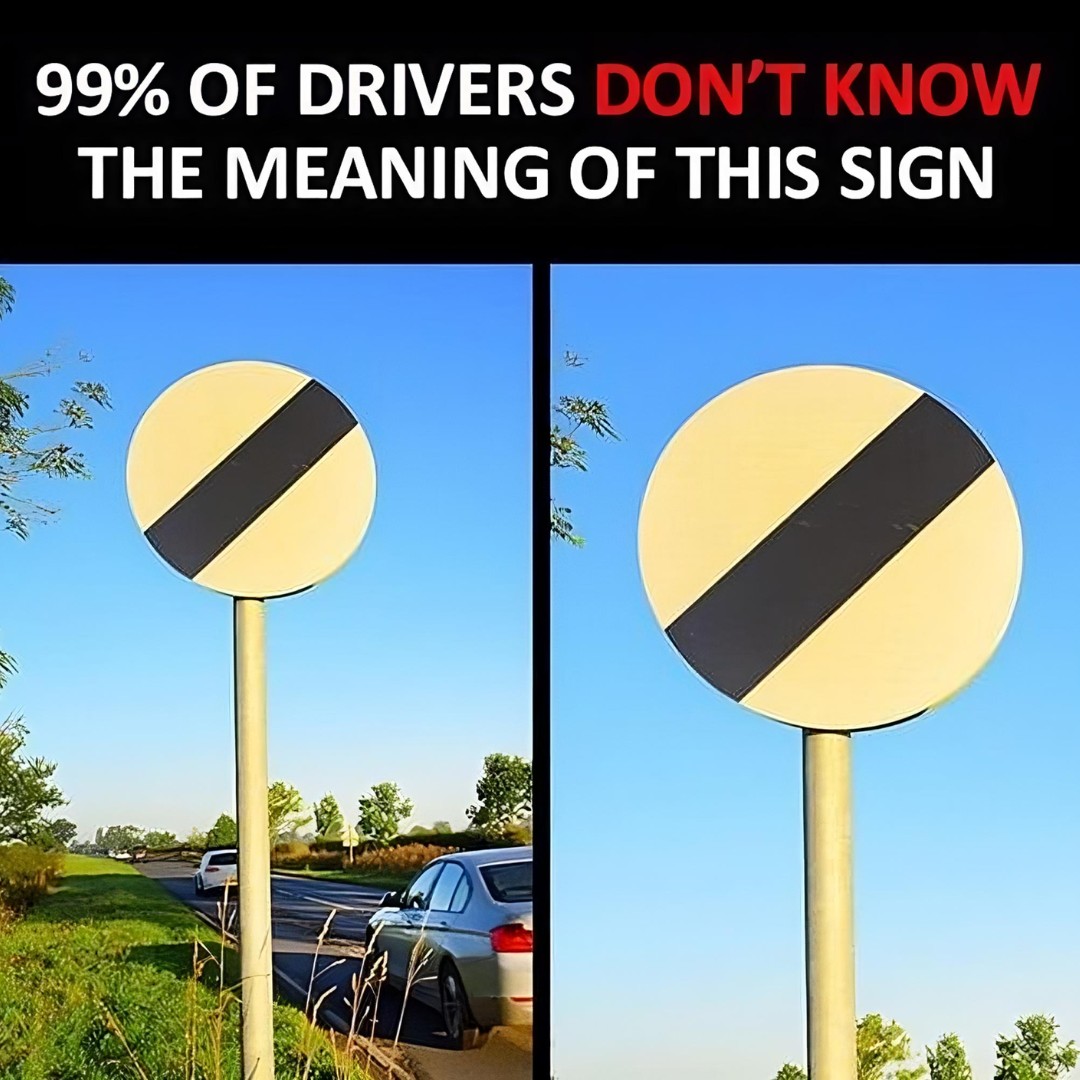Traffic signs play an essential role in maintaining order and safety on the roads. Among the many symbols drivers encounter, the white circular sign with a black diagonal stripe is one of the most significant. Understanding its meaning is not just a matter of following the law but also ensuring a safe and efficient journey for everyone.

What the Sign Indicates
The white circular sign with a black diagonal stripe is a universal indicator of the national speed limit. When drivers encounter this sign, it signals that the road ahead is governed by the country’s default speed limit, which overrides any previous speed restriction signs.
For example:
- On single carriageways, the national speed limit may typically be 60 mph for cars.
- On dual carriageways and motorways, it might be 70 mph unless stated otherwise.
It’s crucial to note that the exact speed limits can vary based on the type of vehicle and the country’s specific traffic regulations. Always familiarize yourself with the local laws to ensure compliance.
Why This Sign Is Important
- Consistency in Road Rules
The sign provides clarity when transitioning from areas with specific speed limits. By reverting to the national speed limit, it simplifies road navigation, reducing confusion for drivers. - Encouraging Safer Speeds
Without a consistent reminder, drivers might inadvertently continue at inappropriate speeds for certain road conditions. The national limit ensures that speed is regulated in line with the road’s design and safety standards. - Efficient Traffic Flow
Standardizing speed limits helps maintain smooth traffic movement. By aligning vehicles to the default speed, it minimizes erratic driving patterns that could lead to congestion or accidents.
How to Respond When You See This Sign
To ensure you’re driving safely and within legal limits, follow these steps when encountering the sign:
- Identify Your Vehicle’s Speed Restrictions
If you’re driving a car, motorcycle, or heavy vehicle, know the default speed limits applicable to your vehicle type. - Consider the Road Conditions
While the national speed limit applies, always adjust your speed based on visibility, weather, and traffic conditions. Even if the limit permits higher speeds, driving cautiously in adverse conditions is essential. - Stay Alert for Upcoming Signs
The national limit might only apply to a specific stretch of road. Be vigilant for further signage indicating changes in speed limits or road conditions.
Beyond Traffic Signs: A Broader Lesson
Traffic signs like this one remind us of the importance of staying informed and curious about the world around us. Just as this symbol ensures smoother travel by clarifying rules, curiosity and understanding in everyday life lead to more seamless and enriching experiences.
By taking the time to learn and adapt—whether on the road or in life—we unlock a deeper appreciation for the systems that bring order and beauty to the world.